William E. Davis, Jr.
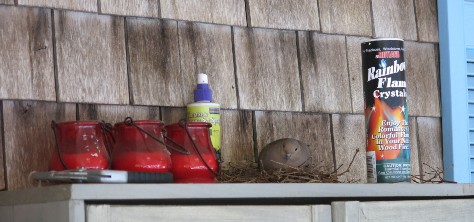
Fig. 1. Mourning Dove nesting on a crowded shelf. All photographs by the author.
On June 11, 2016, I was invited by my neighbors across the street to view and photograph an unusual nest of Mourning Doves (Zenaida macroura) on their open porch. The nest was located on the top of a cabinet, at about eye level, approximately six feet from their side door (Figure 1). The two eggs hatched on June 14th and by the 20th the young birds were seen in the nest next to an adult (Figure 2). The shelf had been rearranged with the canisters removed while the adult was off the nest. By the 23rd, the young were fully feathered (Figure 3) and they fledged on the 26th (Figure 4).
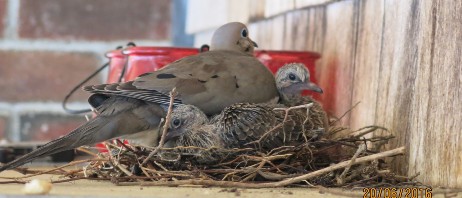
Fig. 2. Mourning Dove with its two young.
The nesting of Mourning Doves near or on man-made structures is not unusual. Although Mourning Doves typically nest in edge habitat in shrubs, trees, or on the ground, they have been reported nesting in eve troughs, rose arbors, light poles, and functioning traffic signal lights, as well as atop a steel I-beam supporting a house and in a variety of discarded cars and car parts (Sayre and Silvy 1993, Davis 2014). John Kricher supplied me with a photograph taken several years ago of a Mourning Dove pair nesting on the student’s desk in a dorm room at Wheaton College in Norton, Massachusetts (Figure 5). The student had to leave the window open all the time so that the birds could fly in and out.
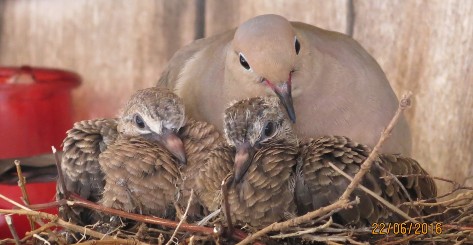
Fig. 3. The young birds are feathering out.
What I found interesting in my neighbor’s nesting pair of Mourning Doves was their tolerance of human disturbance and presence. The homeowners, Robert and Janice Giannetti, frequently spent hours sitting on their porch less than eight feet from the nest and persons walking up to their side door would pass within two feet of the nest. At one point, Janice put her hand within six inches of the sitting adult dove but it did not flush and its only response was to slightly raise some of its back feathers. Once while I was photographing the nest, there were four adult humans present, talking and walking around. This instance of tolerance for human intrusion is not unique. An early study of Mourning Dove nesting found that about one sixth of nesting Mourning Doves stayed on their nests until touched or nearly so before flying (Nice 1923). Clearly, Mourning Doves are genetically driven to remain on the nest while incubating and brooding.
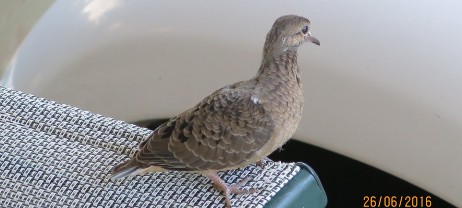
Fig. 4. One fledgling moments after flying from the nest for the first time.
Mourning Doves have a suite of adaptations that promote multiple brooding and saving energy during reproduction. These adaptations include the building of minimal nest structures, reuse of old nests including those of other species, rapid nestling growth, and early fledging (Mirarchi and Baskett 1994). In her study of mourning Doves, Nice (1922) reported that about 15% of Mourning Dove nests were re-used nests of a variety of species including robins, mockingbirds, House Sparrows, Common Grackles, and Mourning Doves.
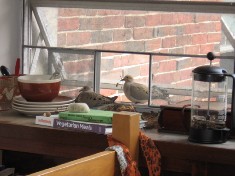
Fig. 5. Mourning Doves nesting in a dorm room at Wheaton College, Massachusetts. Photograph courtesy of John Kricher.
Mourning Dove nests are so flimsy that you can sometimes see the eggs through the bottom of the nest. Man-made structures are often sturdy and protected, thus supplying structural support and protection for flimsy nests. It seems possible that tolerance for human disturbance contributes to the frequency of use of man-made structures for nesting and may be a prerequisite for doing so. I speculate that if the tolerance of human disturbance when incubating or brooding indeed has a genetic component, then during storms when flimsy nests in trees are at risk, the use of secure man-made structures and its concomitant tolerance of human disturbance may be characteristics selected for. There are many bird species that have adapted to the use of man-made structures for nesting—the Chimney Swift (Chaetura pelagica) is perhaps the most obvious. Perhaps the Mourning Dove is evolving in that direction.
Literature cited
- Davis, W. E., Jr. 2014. Mourning Doves Nest on Man-made Structure. Bird Observer 42: 100-101.
- Mirarchi, R. E., and T. S. Baskett. 1994. Mourning Dove (Zenaida macroura). In The Birds of North America, No. 117 (A. Poole and F. Gill, Eds.). Philadelphia: The Academy of Natural Sciences; Washington, D.C.: The American Ornithologists’ Union.
- Nice, M. M. 1922. A study of the nesting of Mourning Doves, part 1. Auk 39: 457-474.
- Nice, M. M. 1923. A study of the nesting of Mourning Doves, part 2. Auk 40: 37-58.
- Sayre, M. W., and N. J. Silvy. 1993. Nesting and Production. Pp. 81-104 in T. S. Baskett, M. W. Sayre, R. E. Tomlinson, and R. E. Mirarchi, eds., Ecology and Management of the Mourning Dove. Harrisburg, Pennsylvania: Stackpole Books.
Ted wishes to thank John Kricher for his helpful comments on the manuscript and Janice and Robert Giannetti for bringing attention to this nesting pair of Mourning Doves.